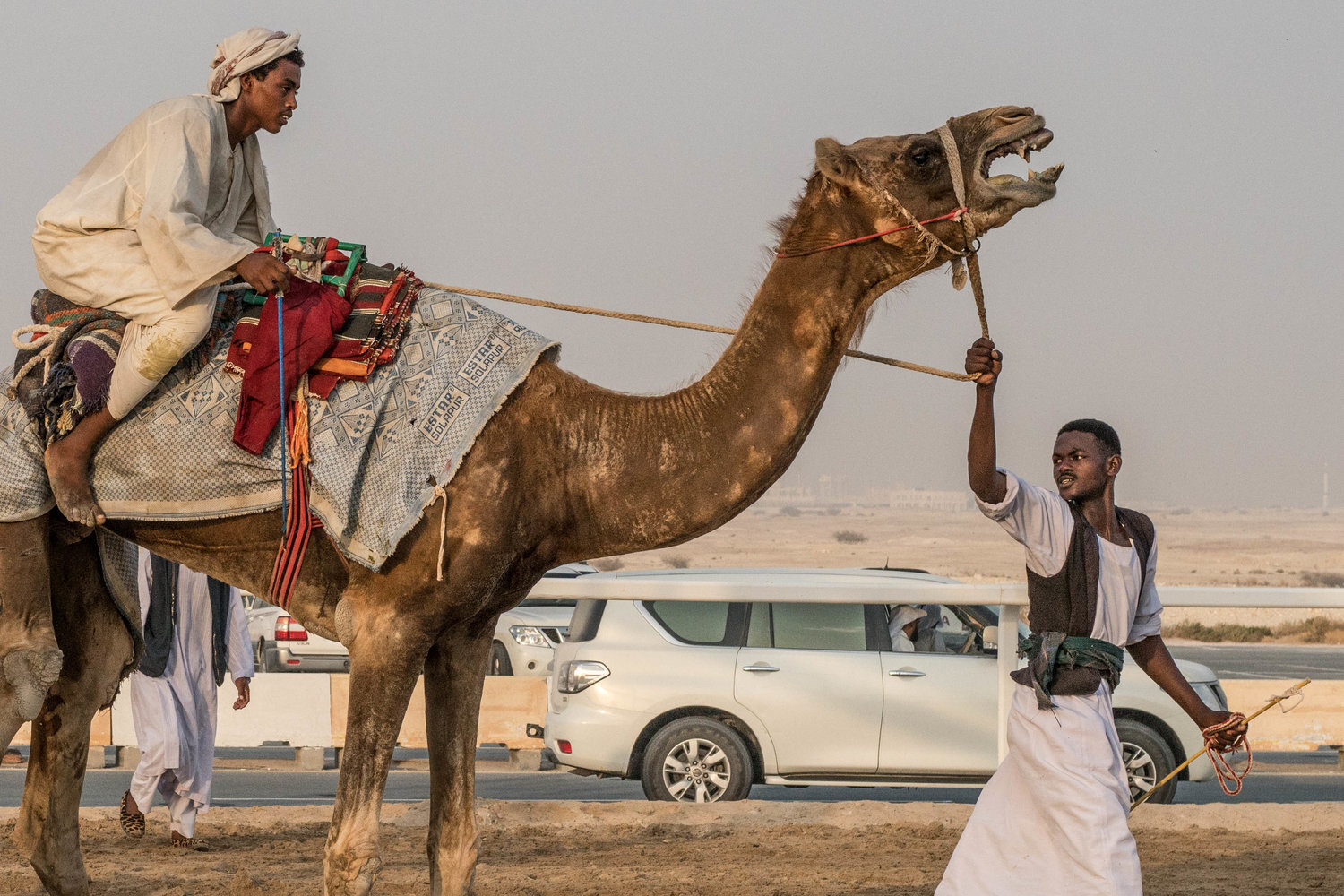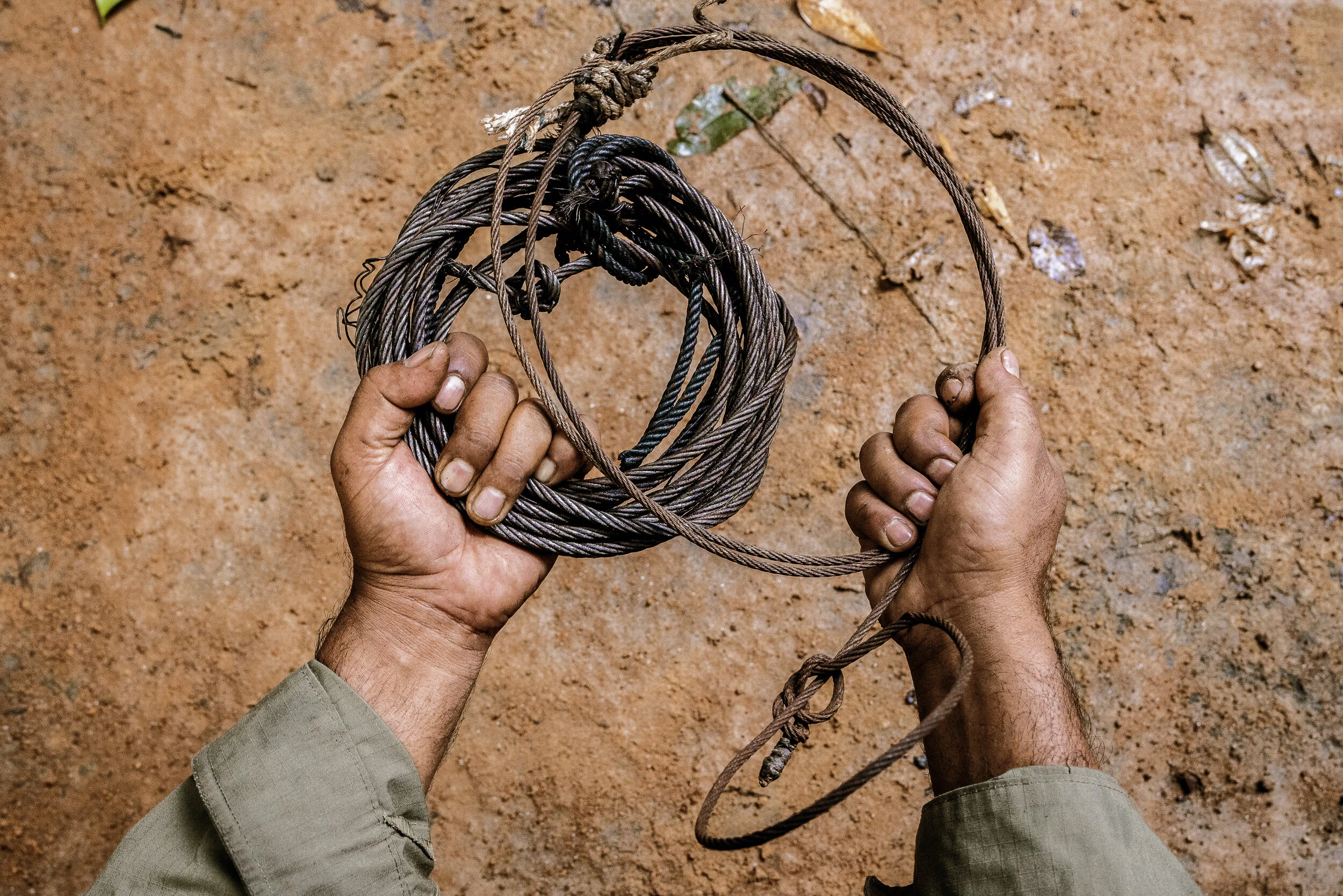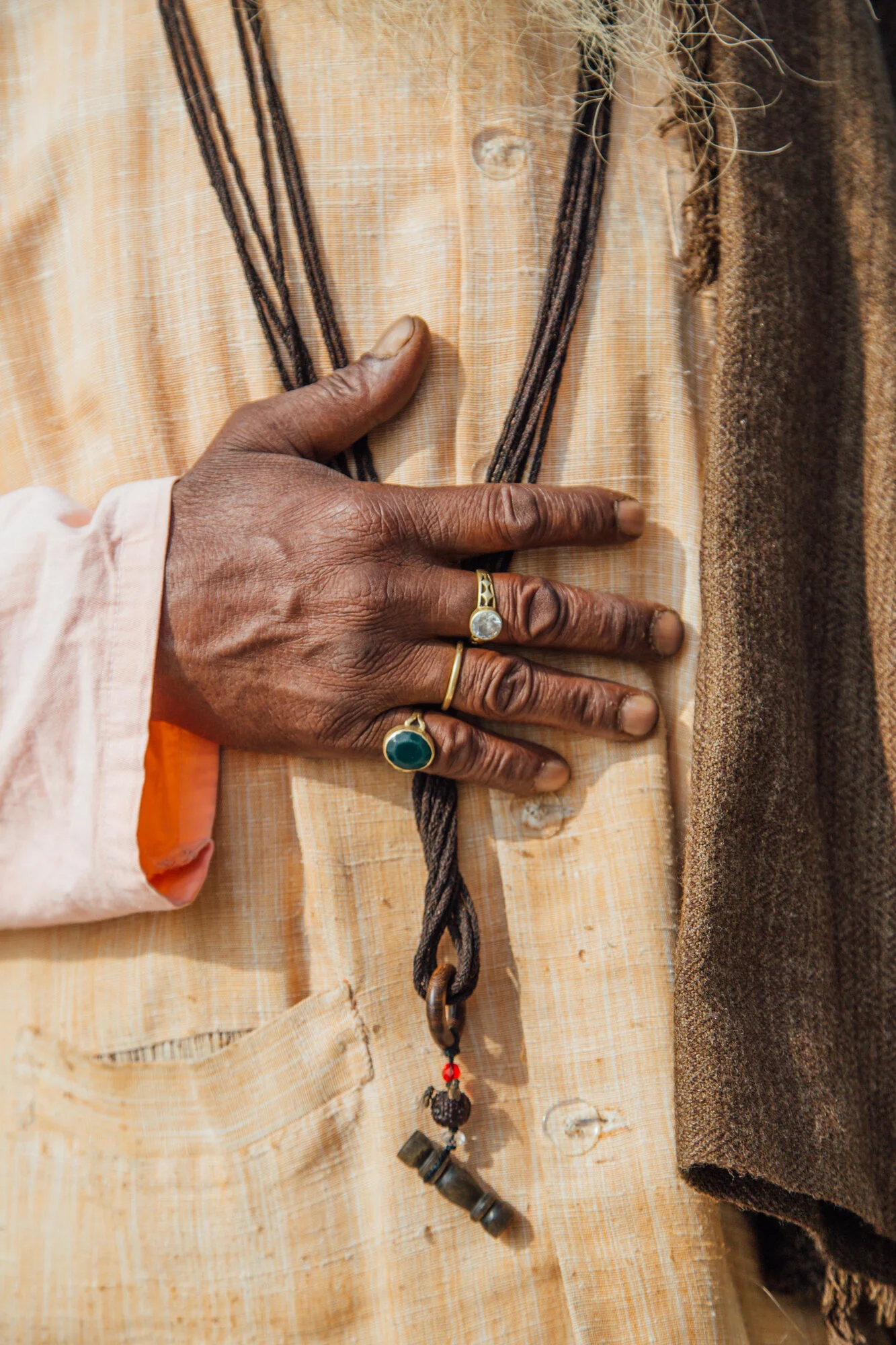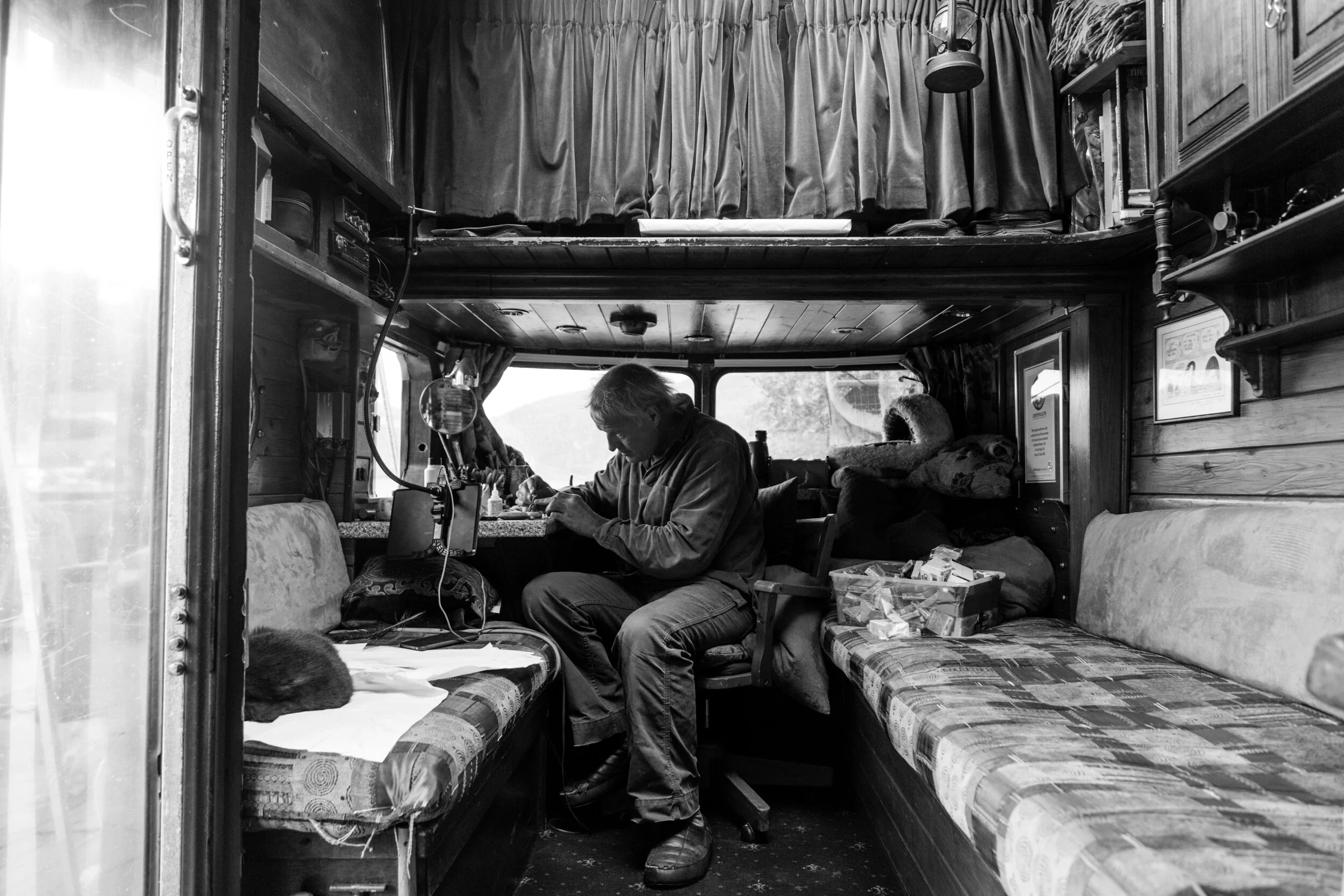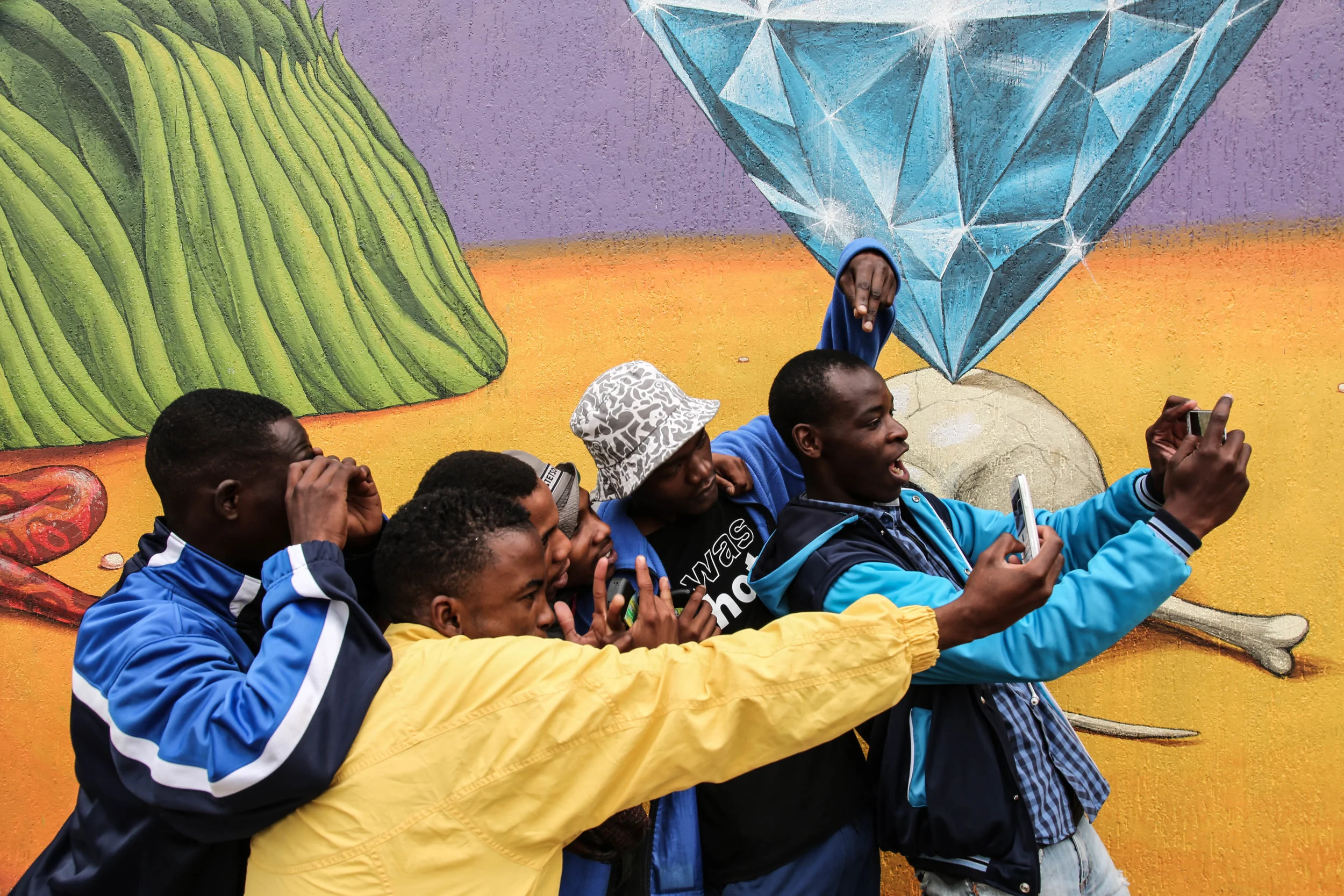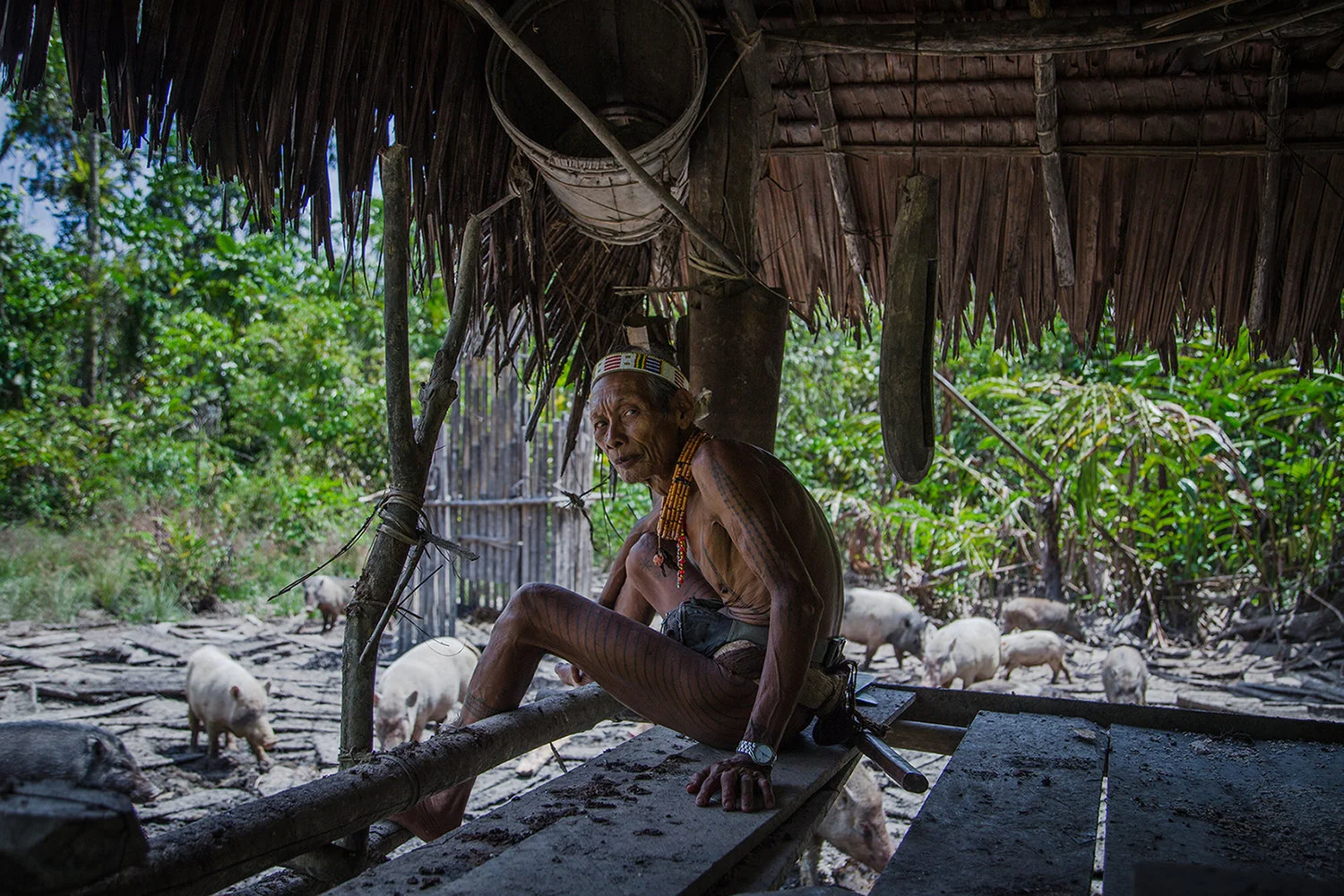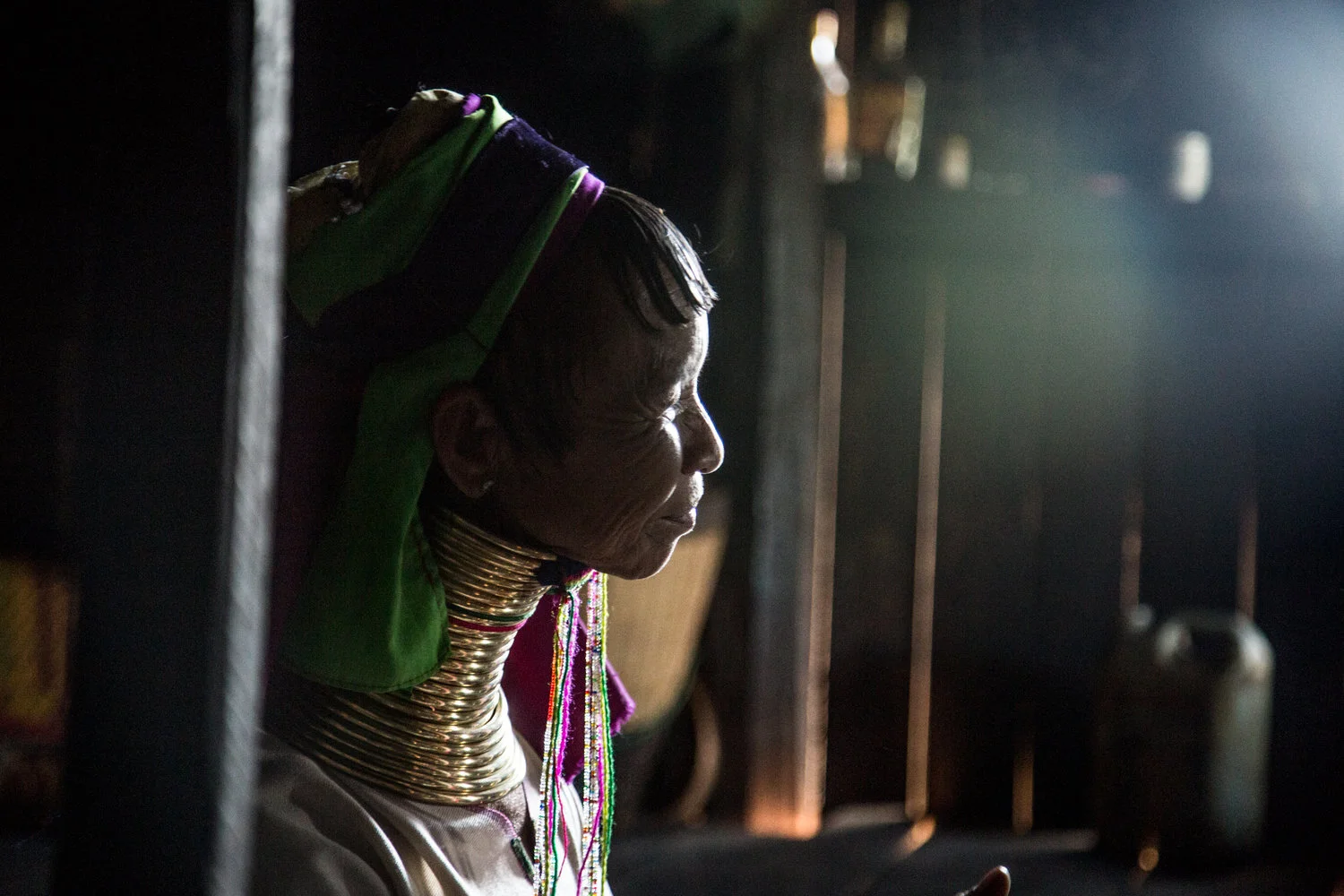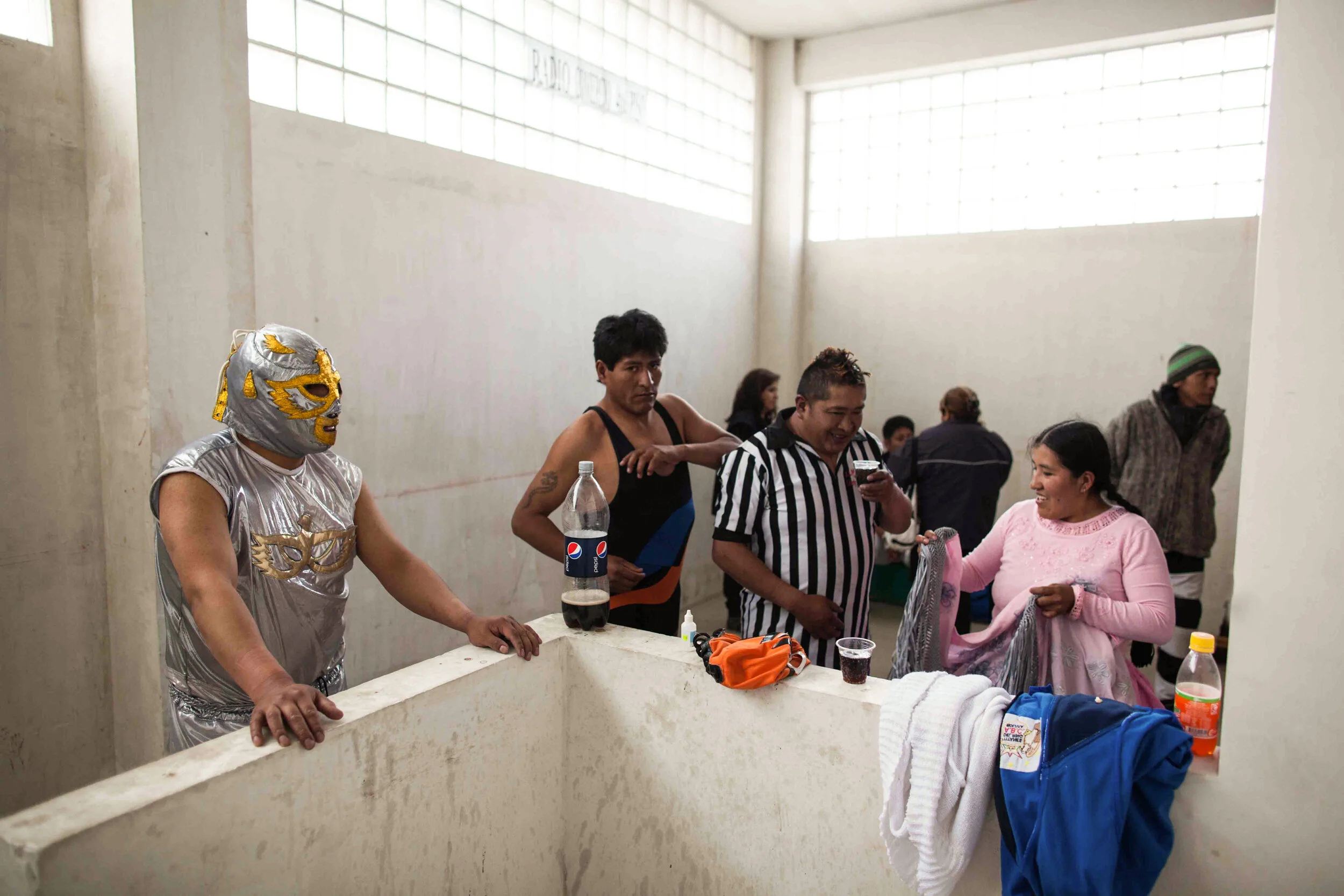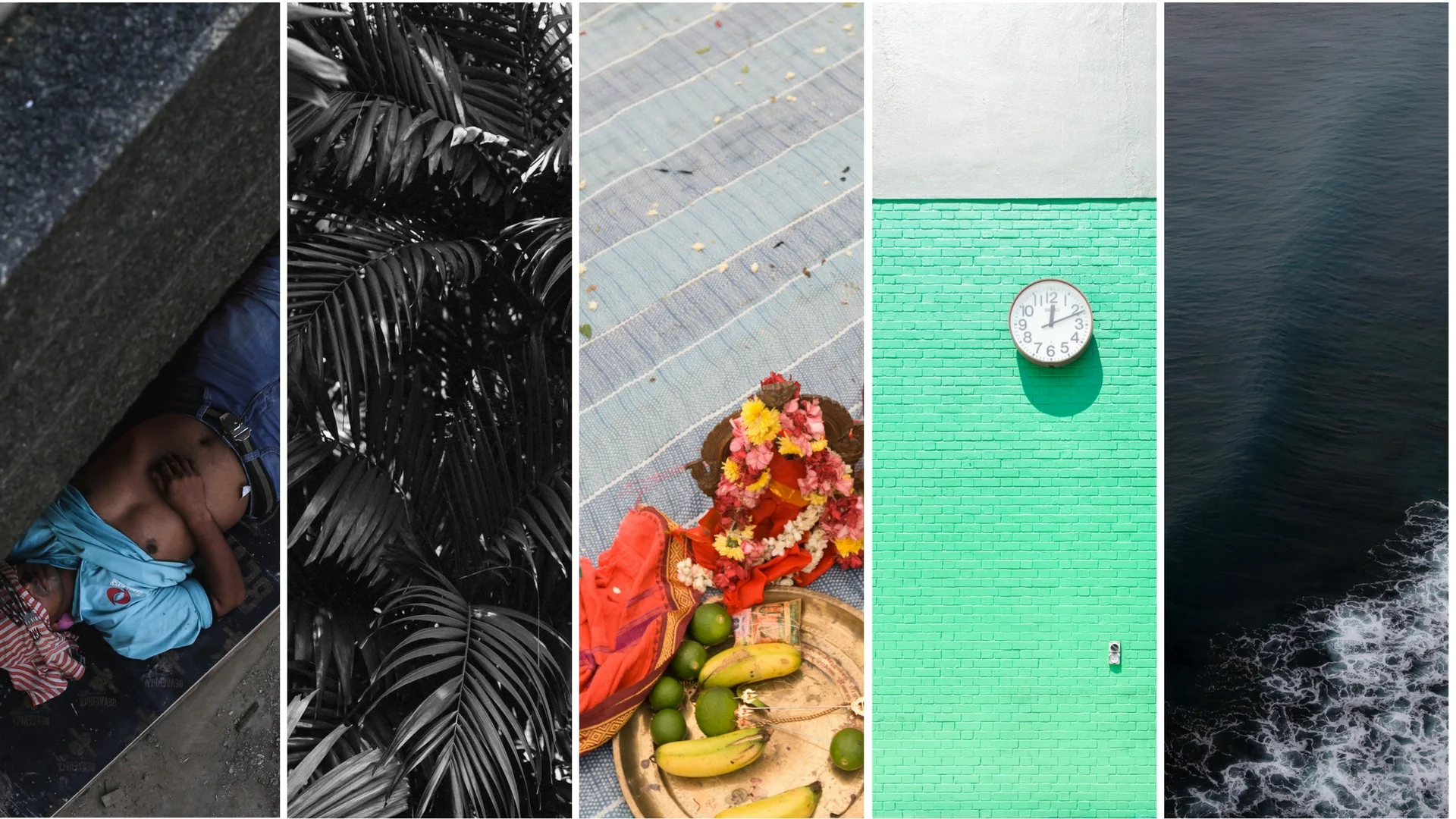CAMEL ROBOTS
FEATURE Nº3
LITTLE ROBOTS HAVE REPLACED CHILDREN AS CAMEL JOCKEYS IN QATAR. DESPITE HUMAN-RIGHTS ABUSES NO LONGER TOLERATED IN THE RICH GULF STATE, ANIMAL ABUSE IS RIFE.
By Fraser Morton
If you've ever heard a camel scream you'll know it's a horrible, gut-wrenching sound. Here in the Qatar Desert the cries of 10,000 camels echo across this empty land. The crack of their masters' whips the source of their torment.
The sport of camel racing has a blood-stained past with human-rights abuses rampant. Children were used as jockeys for more than 1,000 years throughout the gulf until the practice was outlawed in 2005. Death and injury was part of daily life. The child jockeys were reportedly trafficked mainly from African nations, Afghanistan and Pakistan and kept at camel farms in conditions where abuse was rife and allowed to flourish.
For the past decade the oil rich gulf nations, including Qatar, have been trying to shed the violent history of the sport. The ban on child jockeys and a minimum age of 18 being enforced has led to technology taking the reins.
Enter the dawn of the little robots, weighing no more than a laptop, which have replaced children in the saddle. Fitted with receivers, the camel trainers race alongside the track shouting instructions via radio to the robots. These commands are met with fierce whips from the mechanical arm of the robots to spur the camels faster.
The sport is big business and races are broadcast nationwide each day. Gambling is rampant. The camels are bred and raised to reach peak speeds of up to 40 miles per hour. They are fed a rich diet of milk, eggs, honey, dates and vitamins, costing their masters on average US$1500 per month.
At Al Shahaniya Race Track on the outskirts of Doha more than 10,000 camels are raised in farms and race each day.
The following photo essay was captured just after dawn in mid-July, 2016. We found no signs of children still being used in races. Instead, only men. They came from villages off beaten tracks in Sudan, Afghanistan and Nigeria to train the camels for the rich Qatari owners. From the confines of their air-conditioned SUVs, the Qataris watched their servants and camels perform for them.
The Qataris didn't want to be photographed. But the trainers were more than happy. They were approachable and hospitable and answered all our questions. They wore smiles on their faces and spoke about how the animals were treated well. Then they would return to beating the camels with whips. And the screaming would begin.
What we found at these races was that while children have been replaced in the saddle by robots, animal abuse is rife. Thousands of camels screaming in an empty desert far from the ears of anyone who cares.
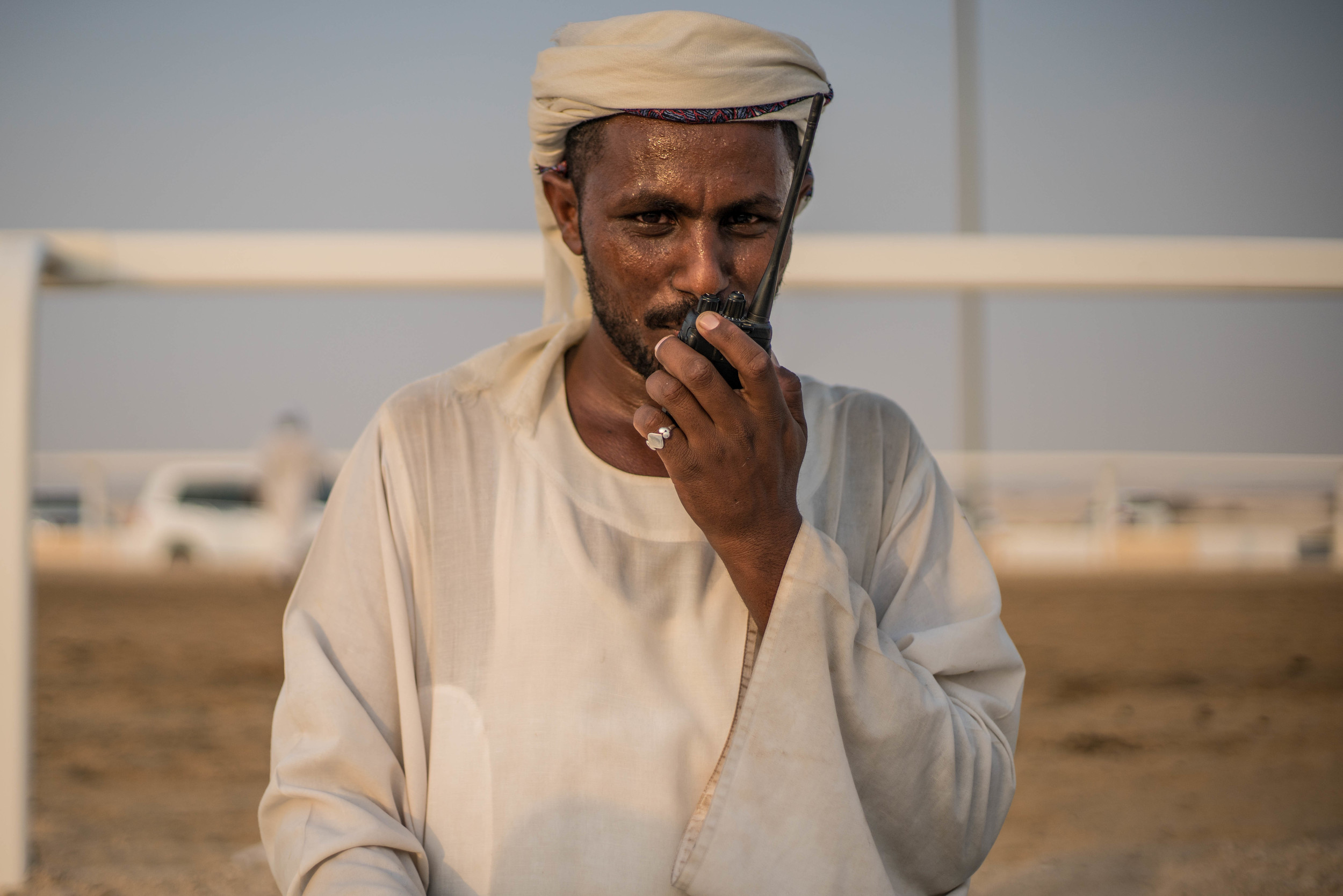
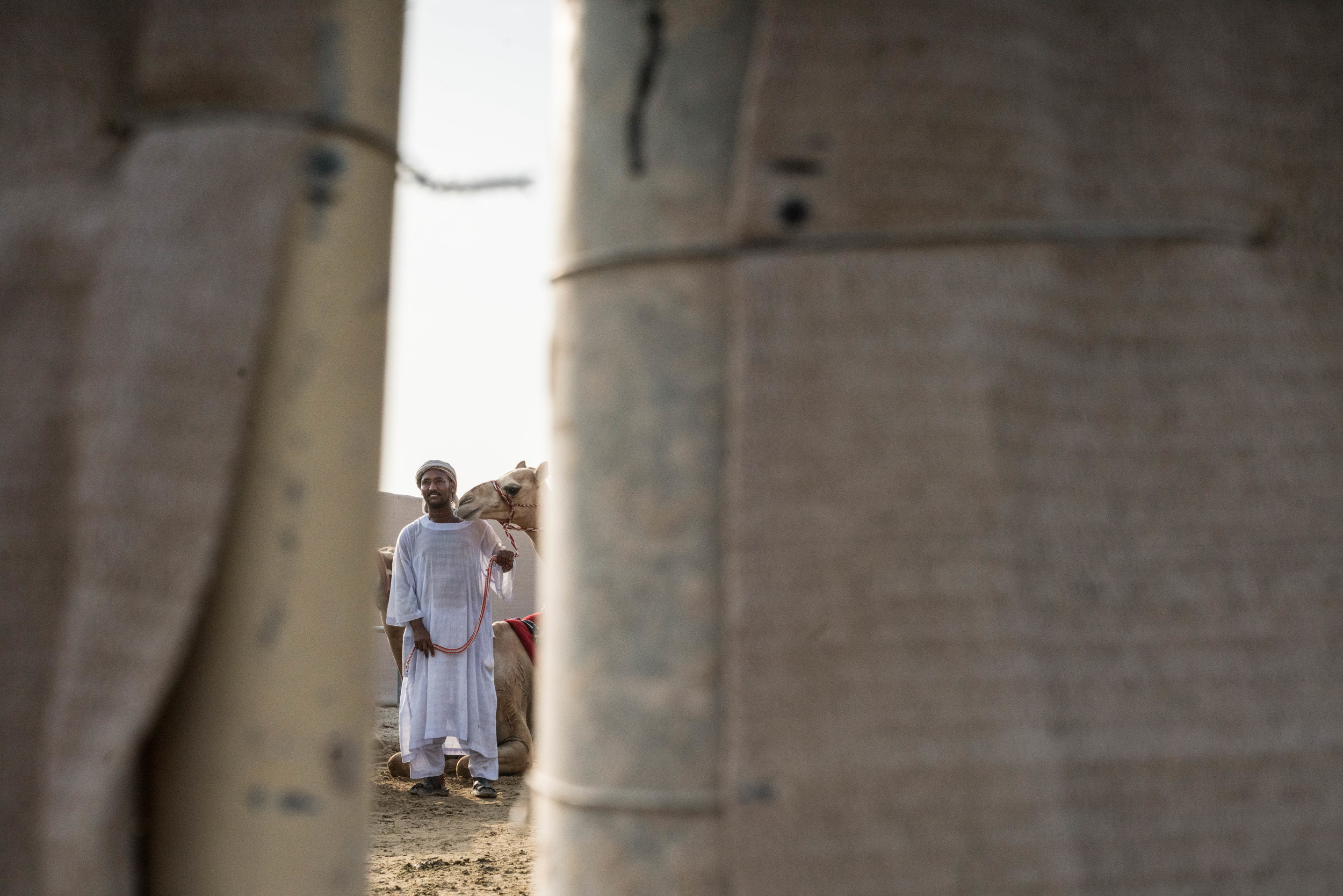
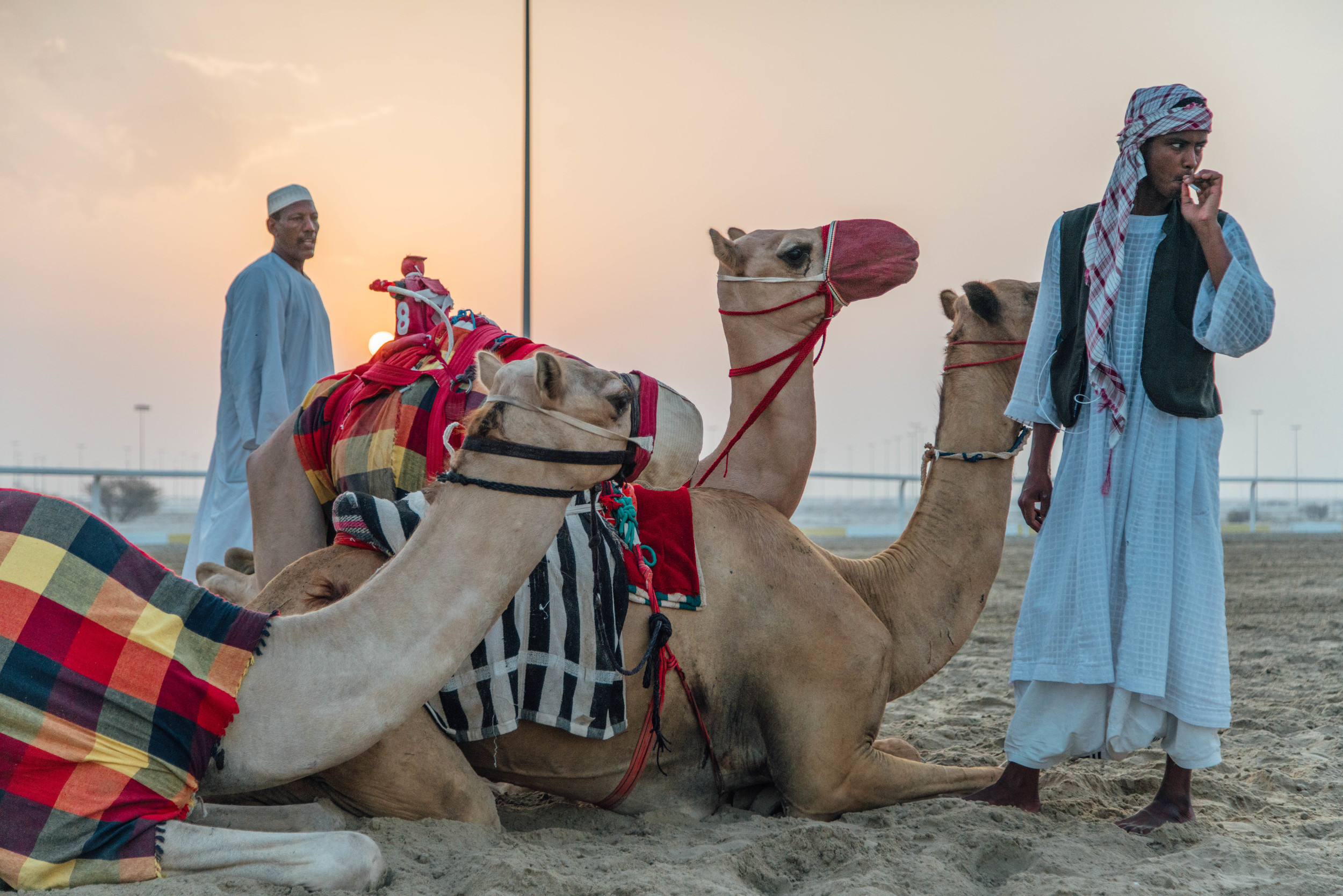
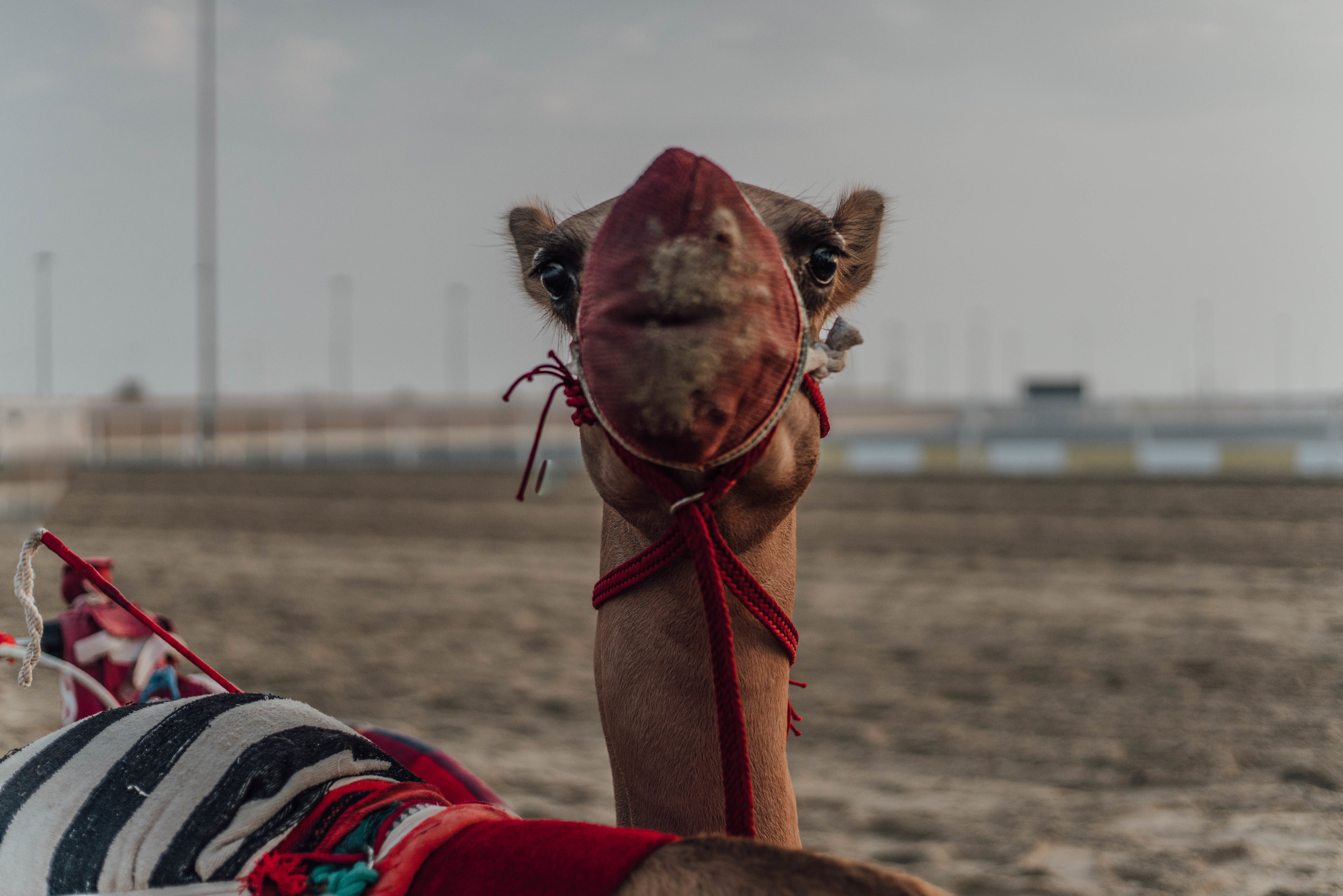
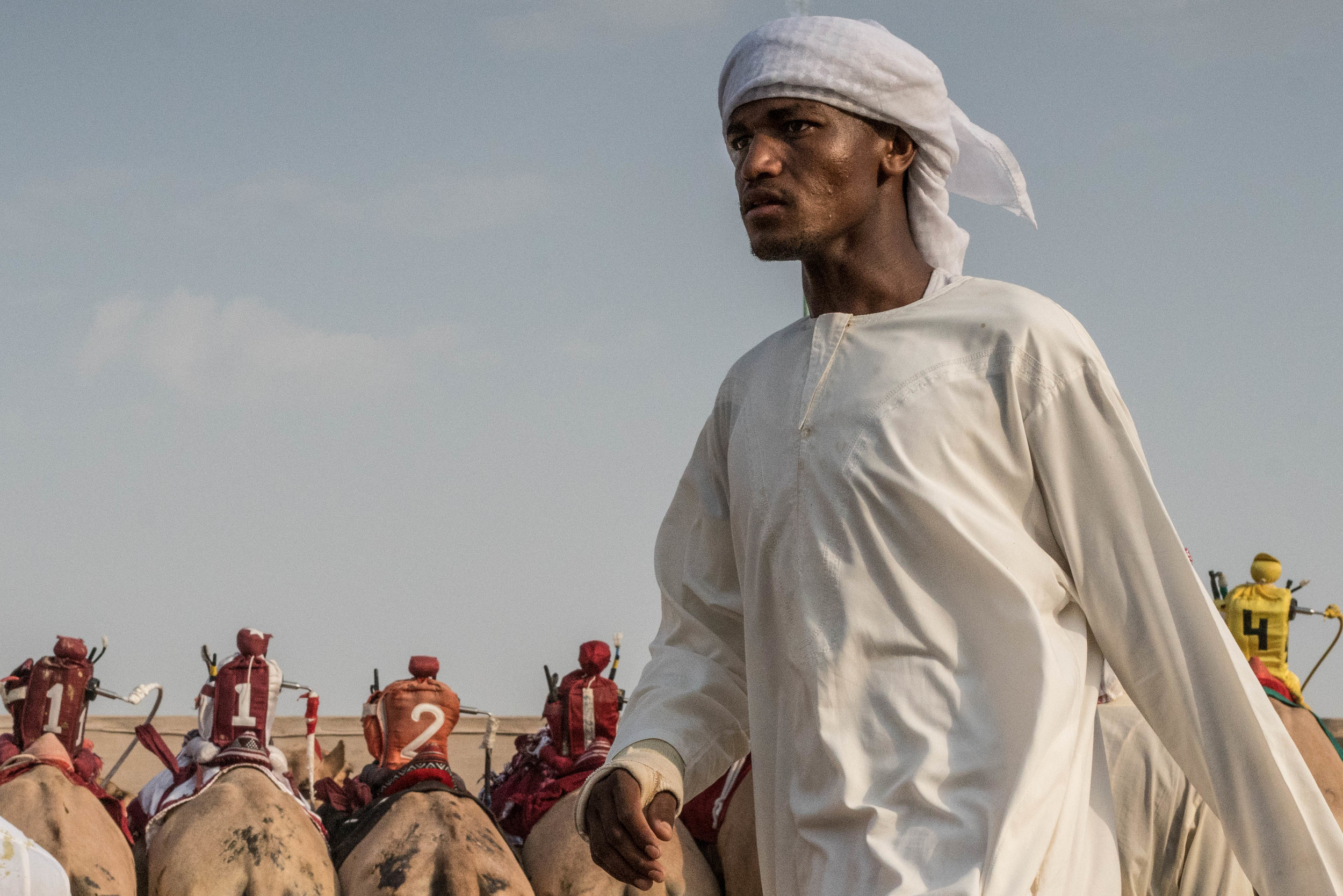
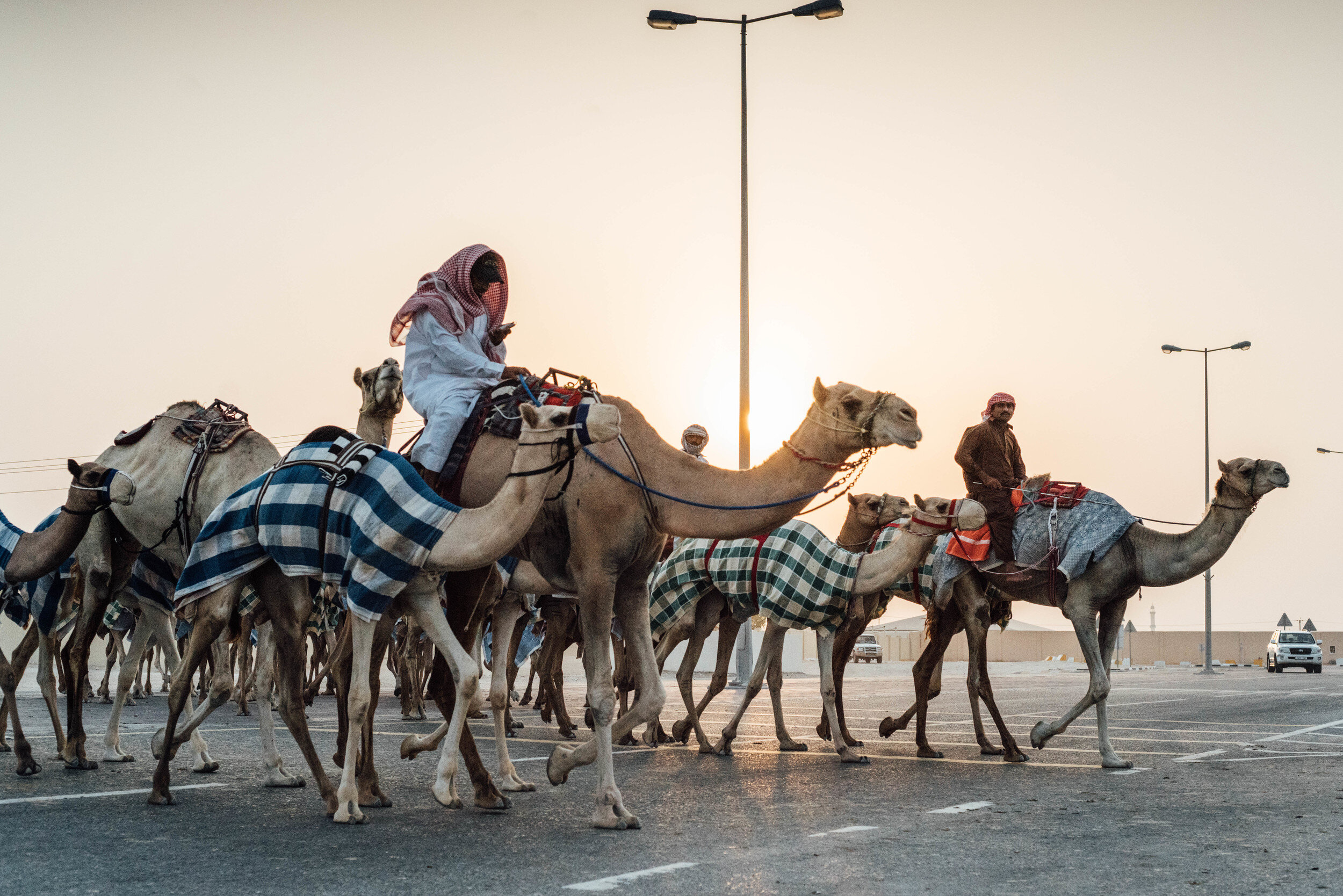
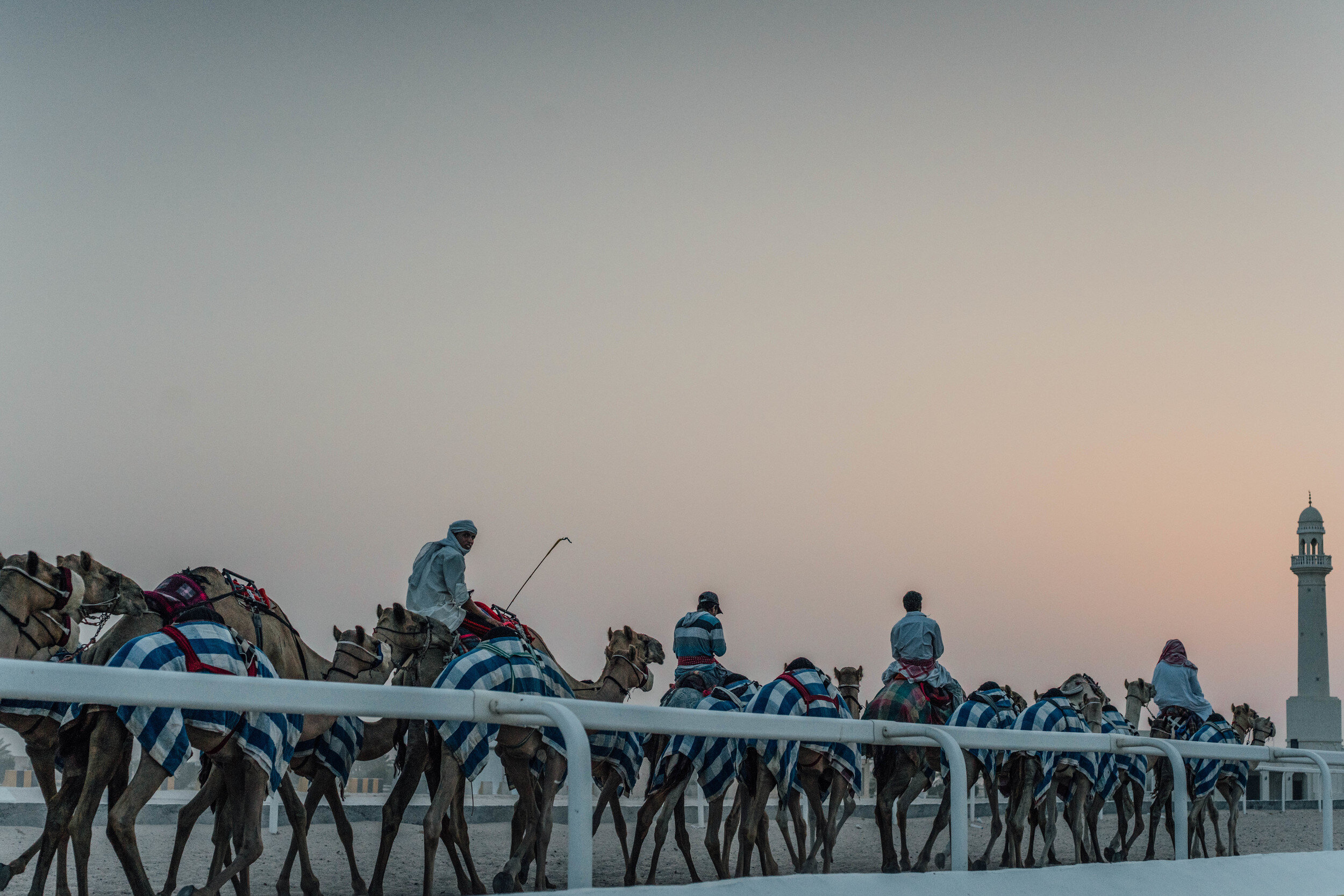
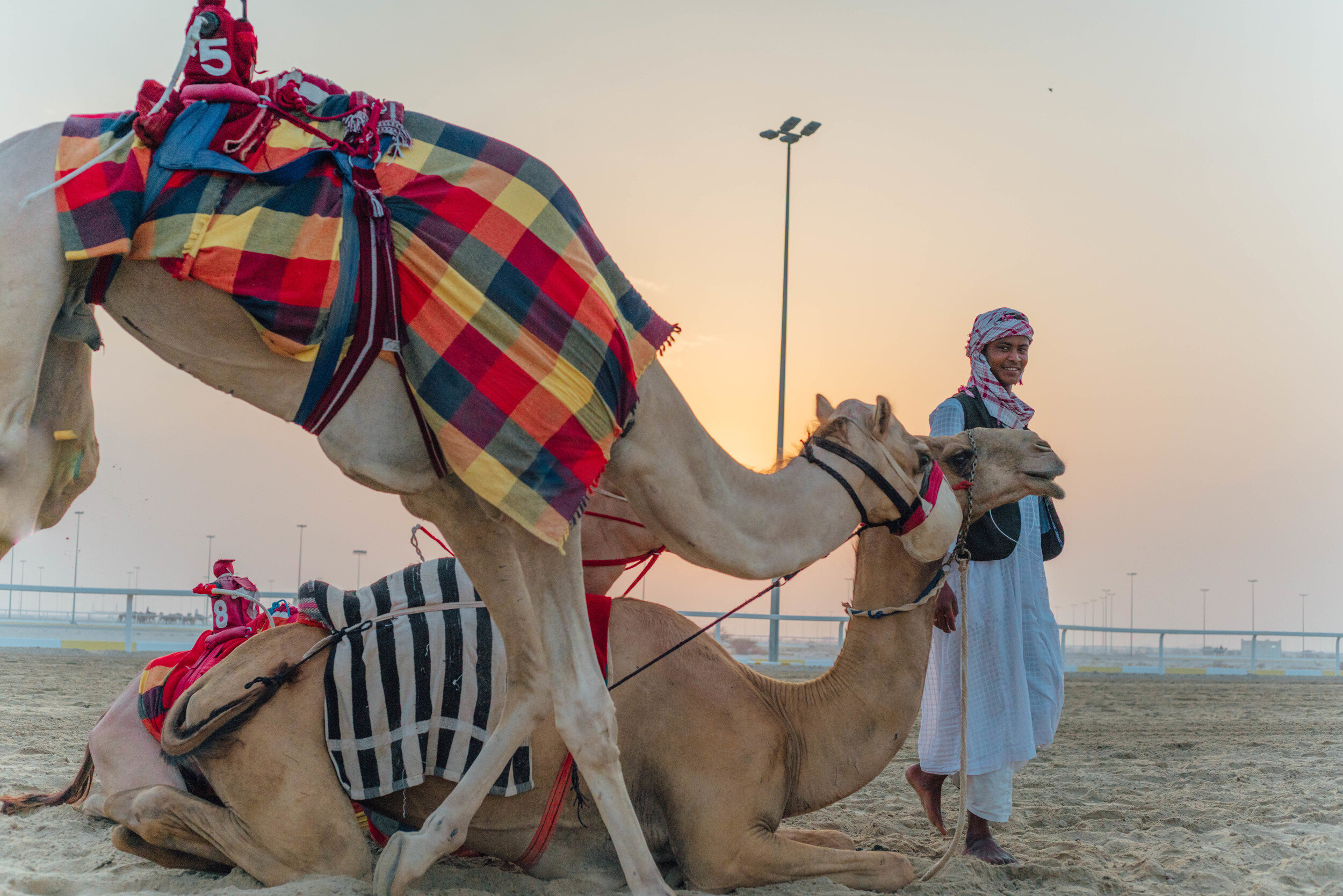
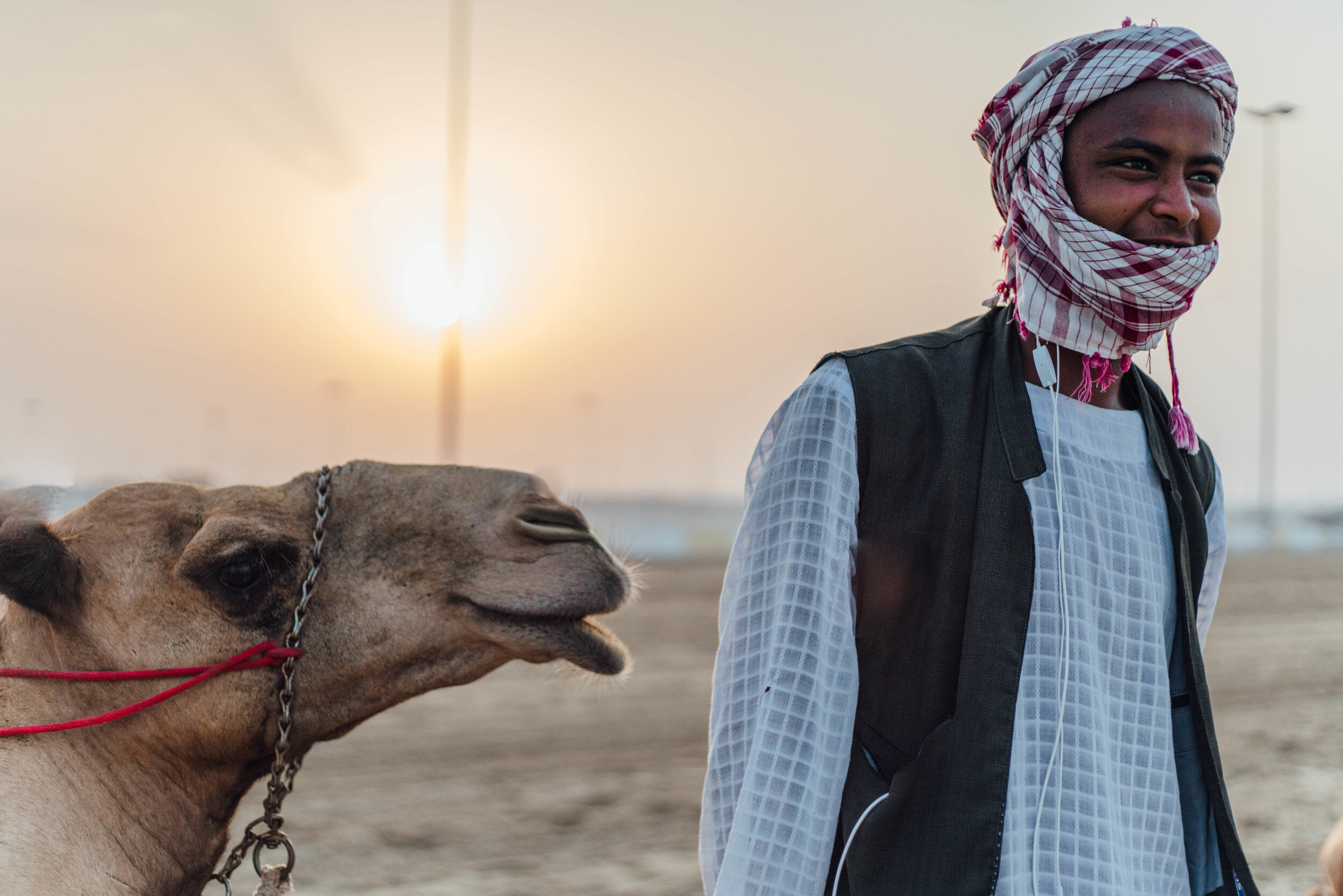
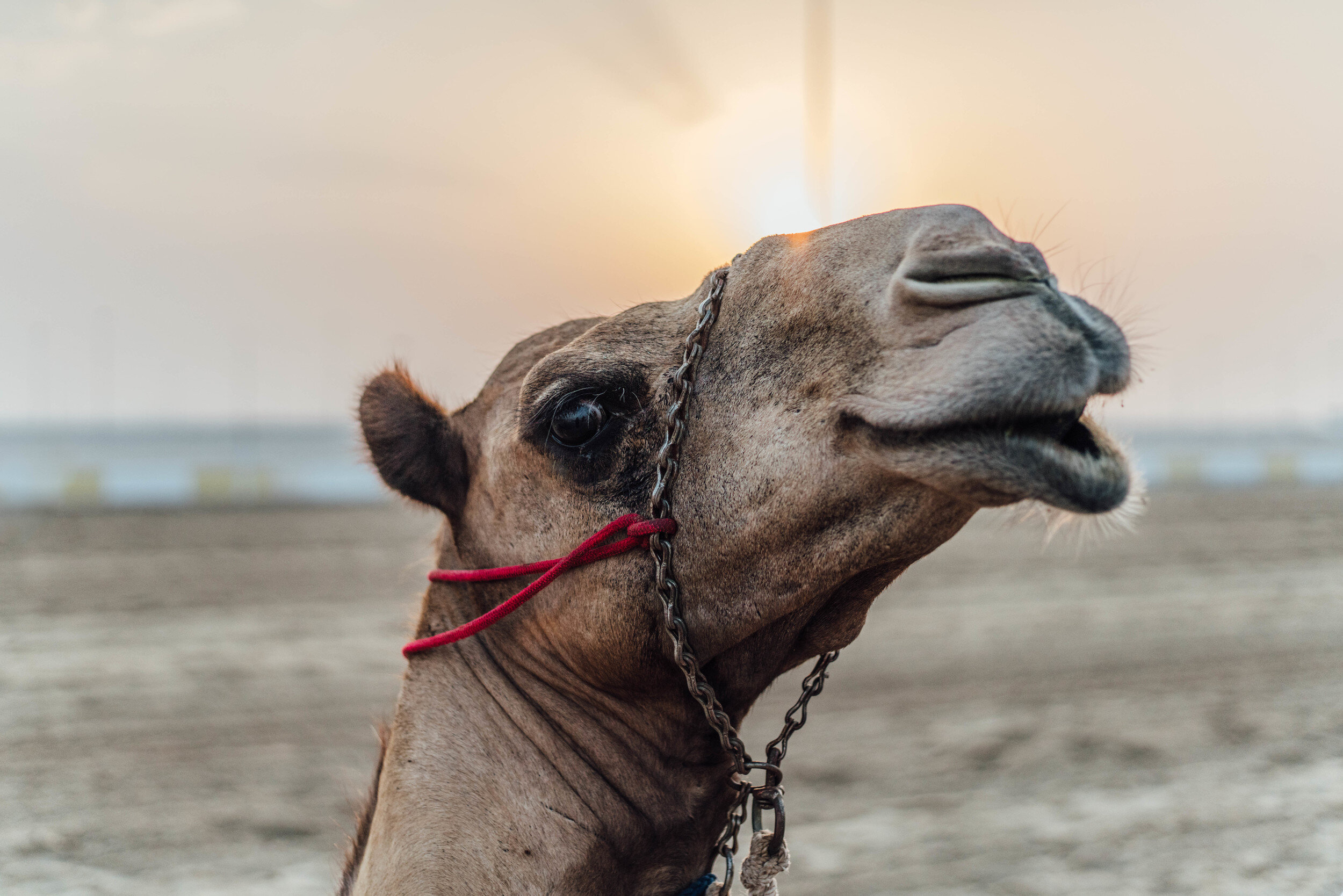
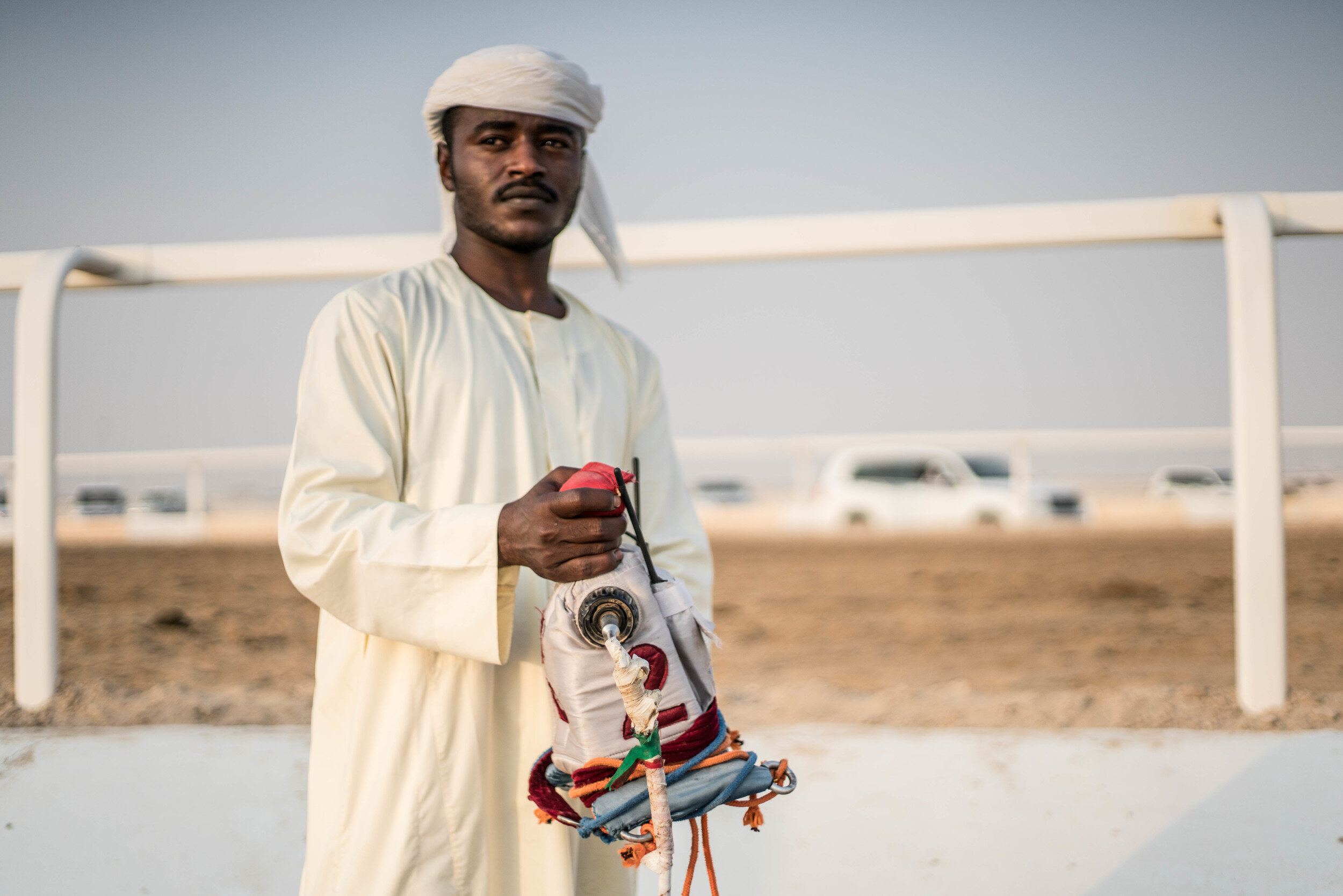
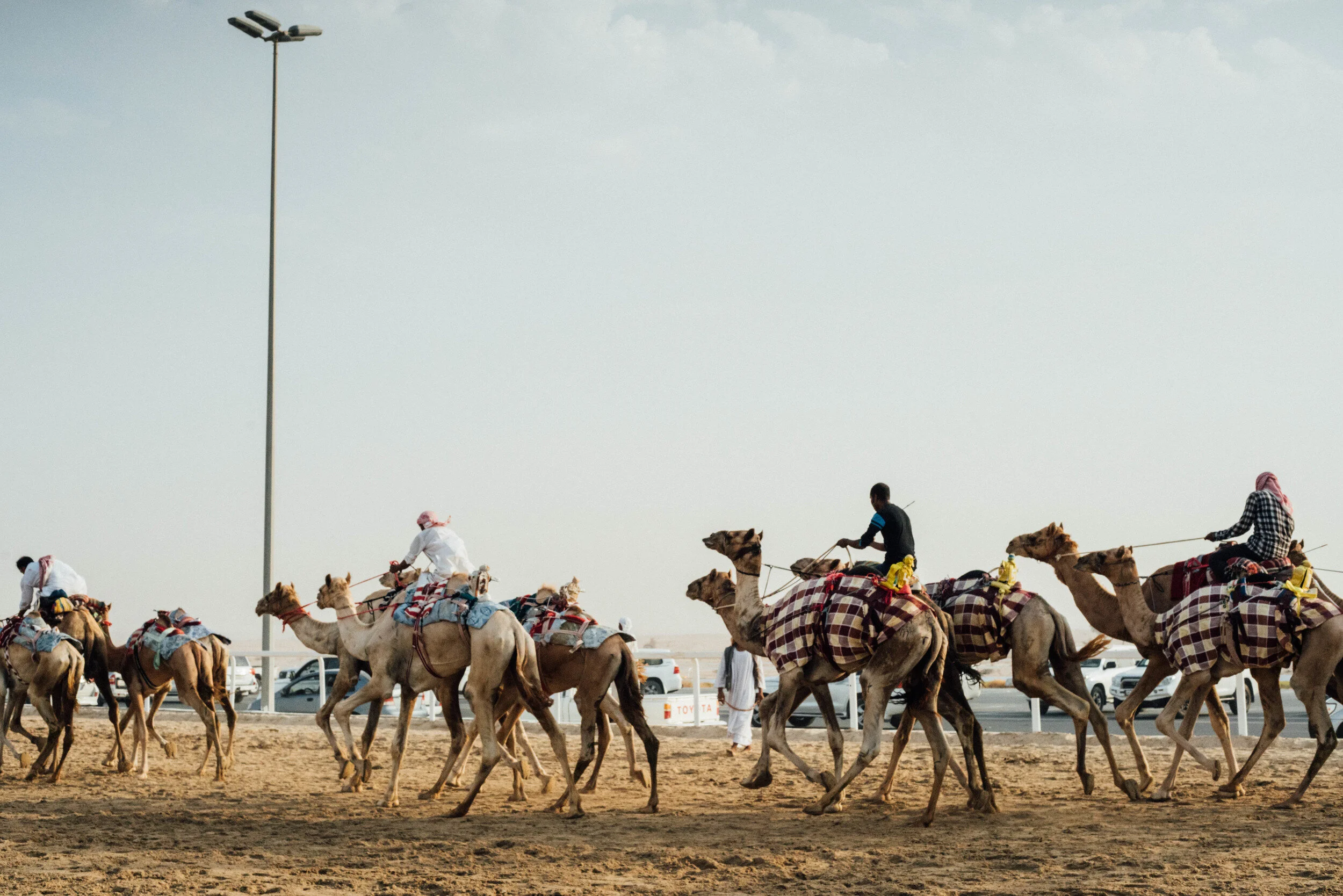
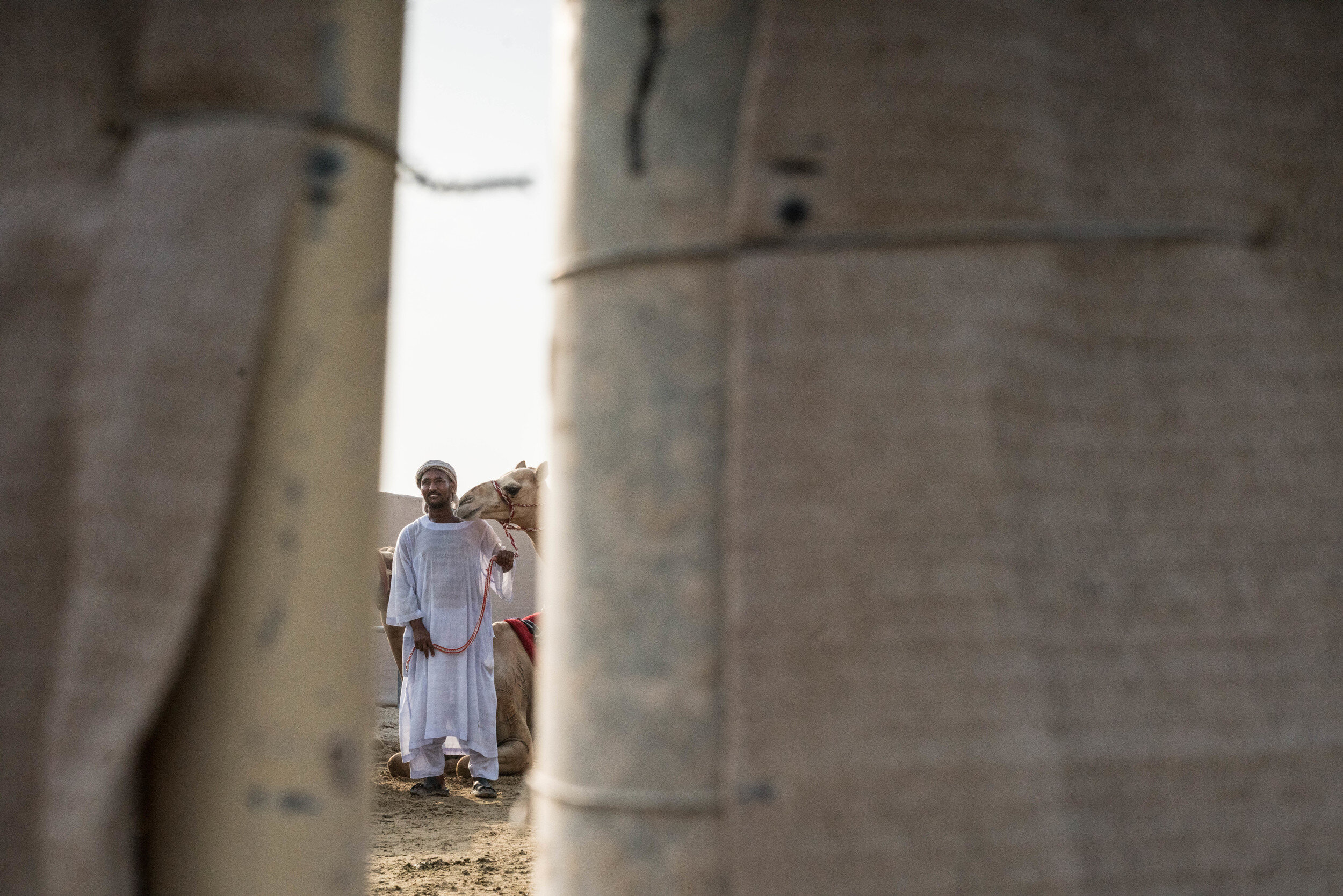

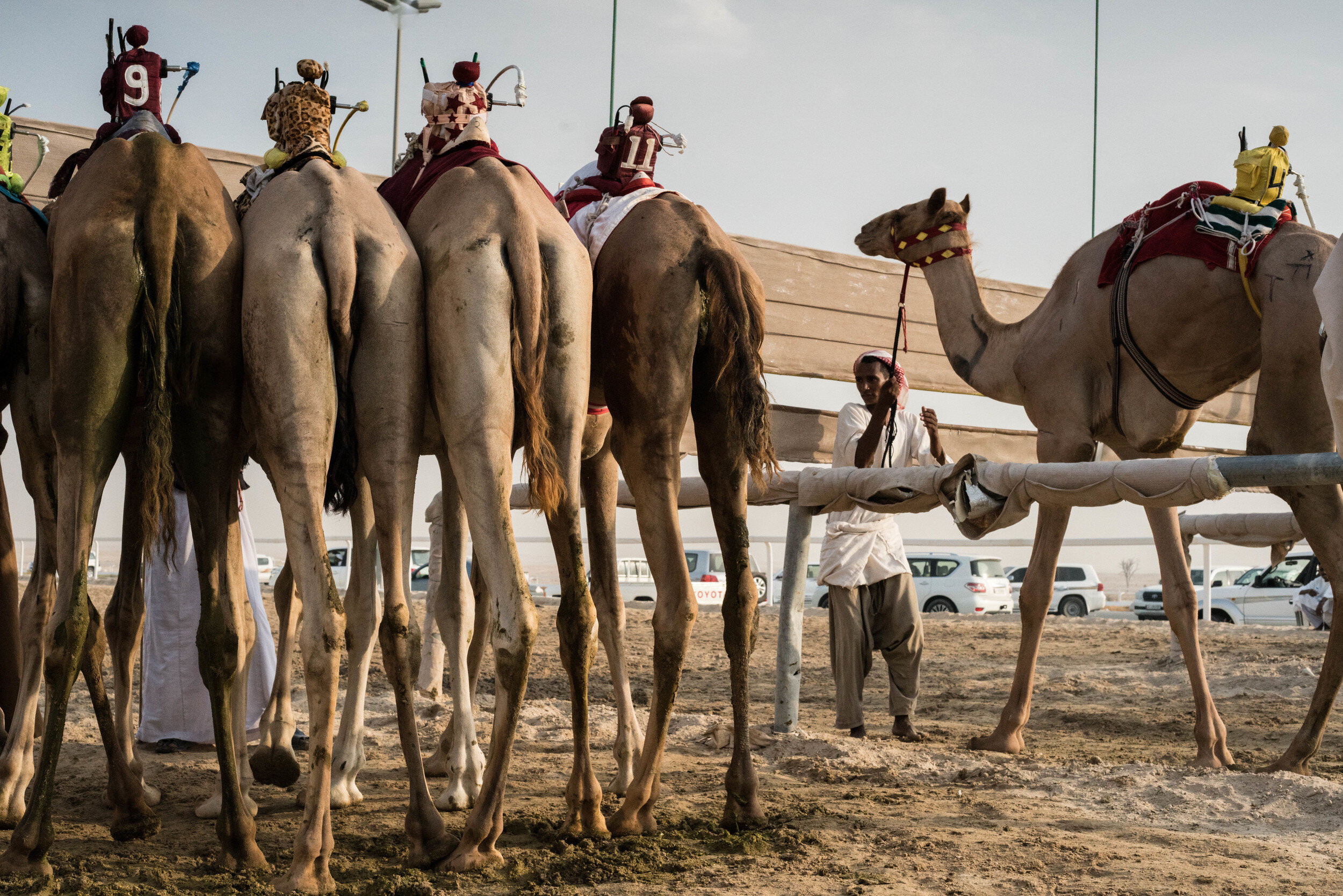
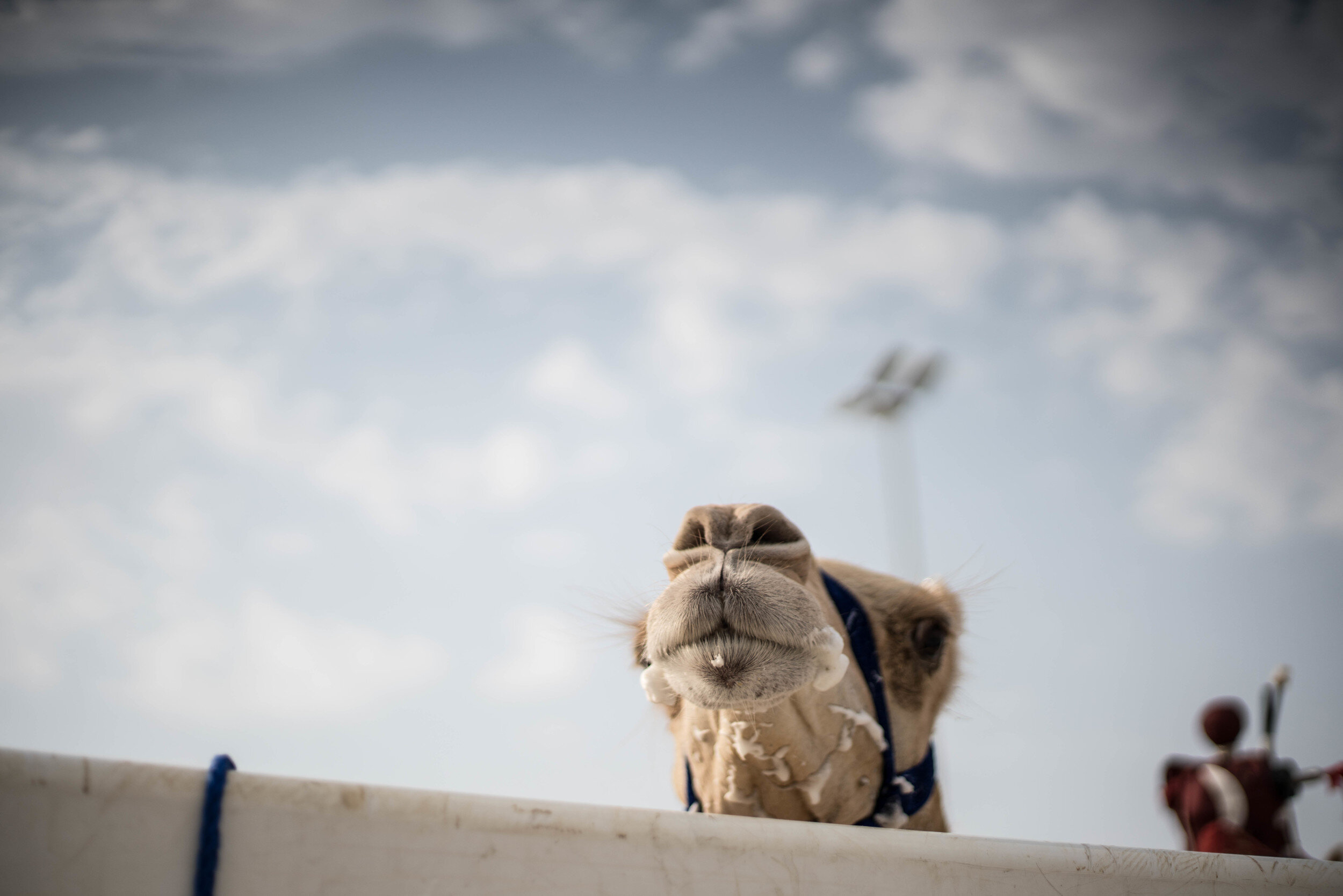
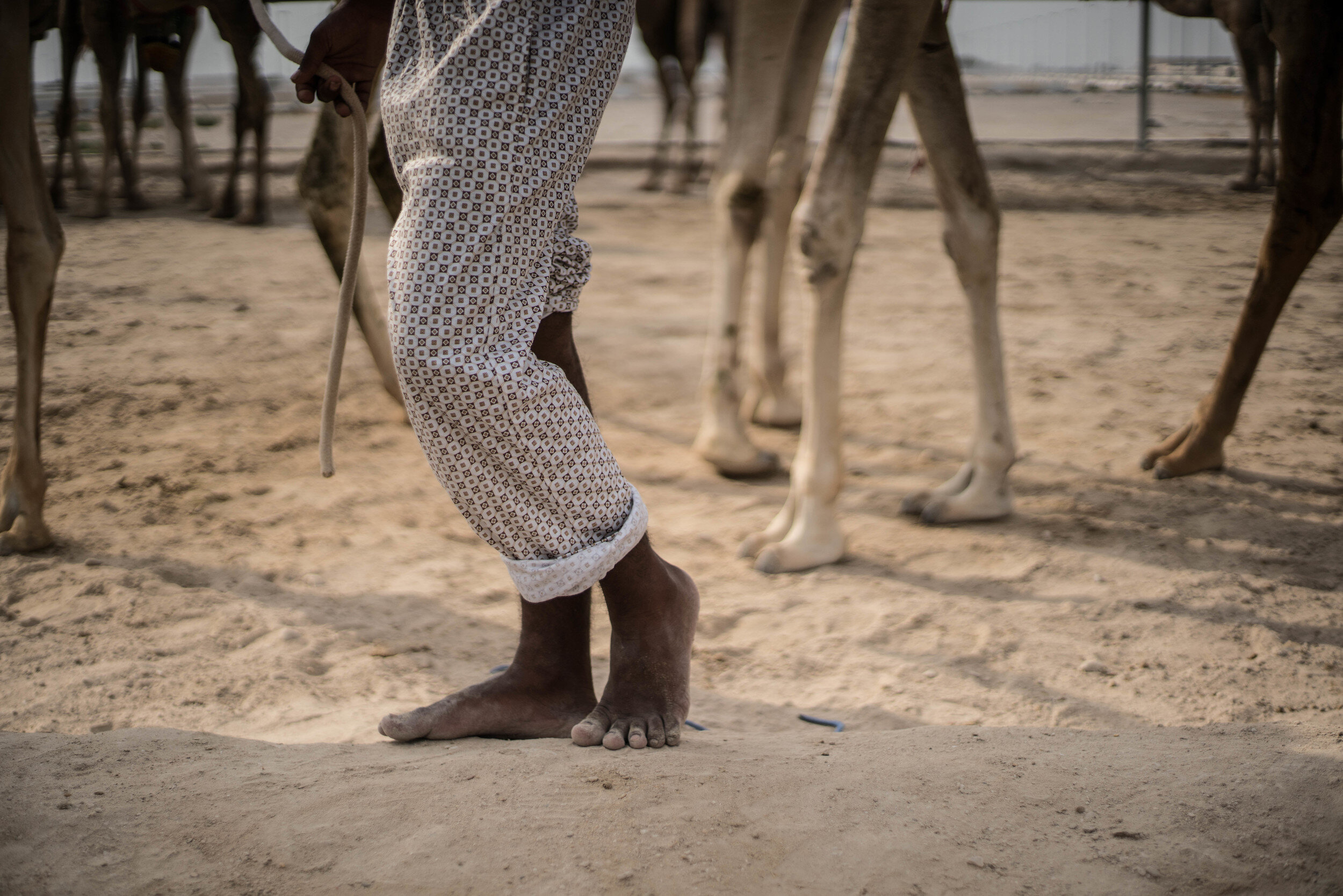
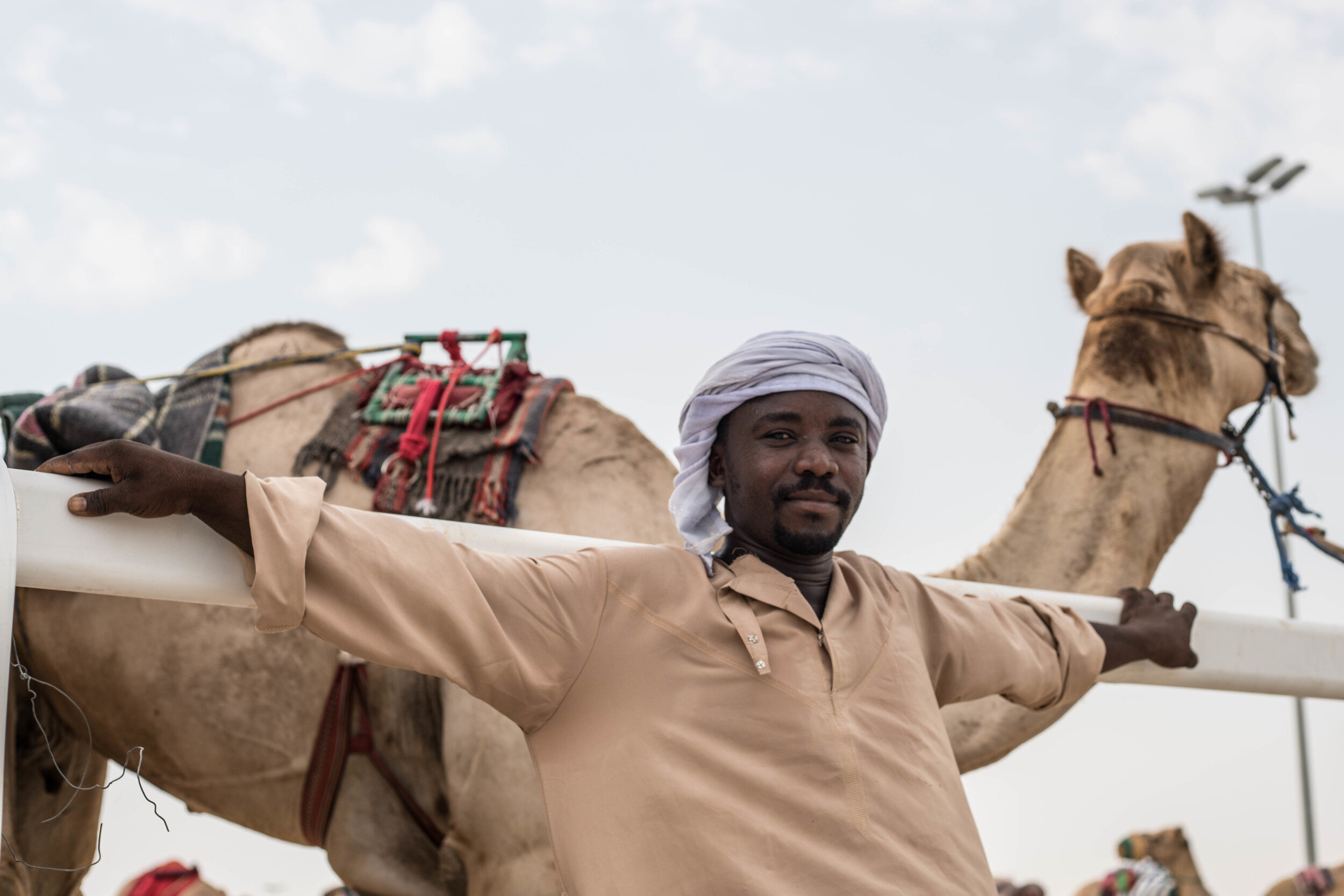


A camel is lashed for refusing to race with the pack.
Camels wearing robot jockeys at dawn in the Qatar Desert.
A straggler in the last race of the day.
A camel screams as it's beaten by a herder.






